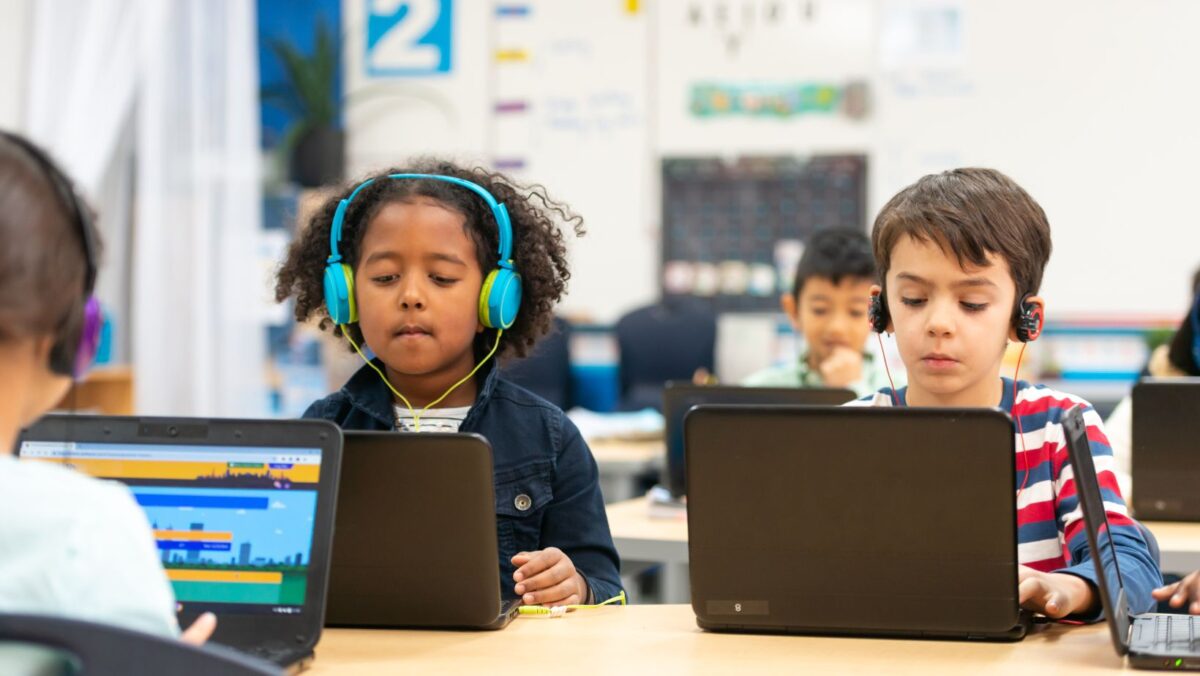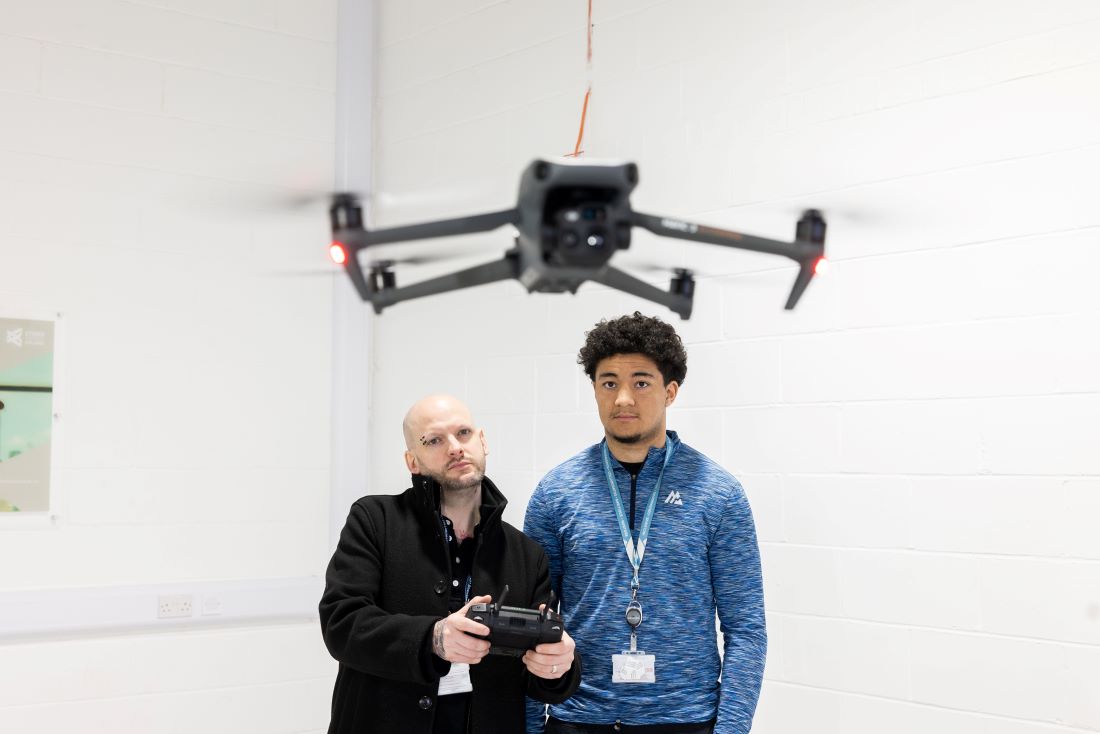Bridging the Digital Divide in Education

Bridging the digital divide in education involves ensuring that all students have equal access to technology and digital resources to support their learning.
Let’s take a look at the five key aspects involved to ensure that all students have an equal chance of fulfilling their potential:
1. Access to devices
Providing students with access to devices such as laptops, Chromebooks, and tablets is crucial for ensuring that they can participate in digital learning activities both at school and at home. Many campuses now loan devices through self-service Smart Lockers, ensuring access is seamless, efficient, and equitable.
Resources: Automated Smart Locker Solutions | LapSafe
2. Internet Connection
Access to reliable internet connectivity is essential for students to access online resources, participate in virtual classrooms, and complete digital assignments. Bridging the digital divide in education involves efforts to ensure that all students have access to high-speed internet both at school and at home. This may include providing aid allowances for low-income families to access internet services.
Resources: Get help with technology programme | GOV.UK (www.gov.uk)
3. Digital Training
Ensuring that students have the necessary digital skills to effectively use technology for learning is essential for bridging the digital divide. This includes teaching students how to use basic computer applications, navigate the internet safely, evaluate online information, and use digital tools for communication, collaboration, and creativity.
Resources: Equipping young people with digital skills | The Education Hub (blog.gov.uk)
4. Digital Resources
Ensuring that all students have access to digital educational resources, such as online textbooks, educational apps, multimedia content, and digital learning platforms, is important for bridging the digital divide. Educational institutions can work to provide equitable access to these resources for all students, regardless of their background and/or location limitations.
Resources: Laptop storage, Chromebook cabinets and tablet storage | LapSafe
5. Teacher Training & Support
Supporting teachers in integrating technology effectively into their teaching practices is crucial for bridging the digital divide in education.
Providing professional development opportunities, resources, and ongoing support can help teachers leverage technology to enhance student learning and address individual learning needs.
Resources: Embracing technology in school has changed how we teach – Teaching (blog.gov.uk)
To summarise, bridging the digital divide in education requires an approach that addresses issues related to access, connectivity, digital literacy, and resource availability to ensure that all students can thrive in a digital learning environment.











Responses